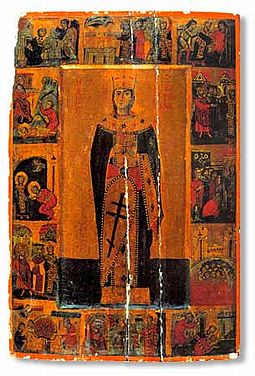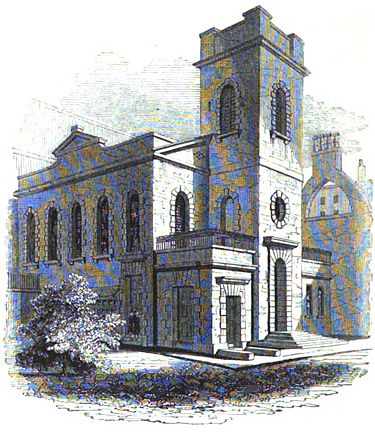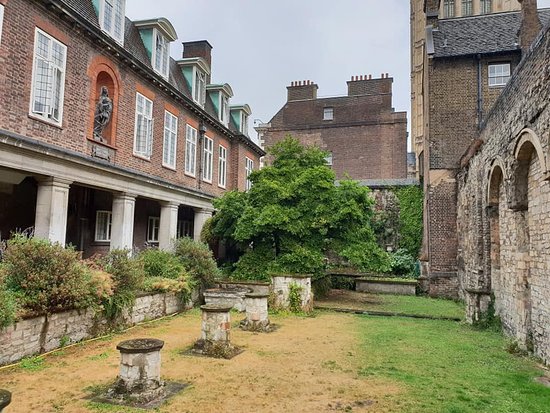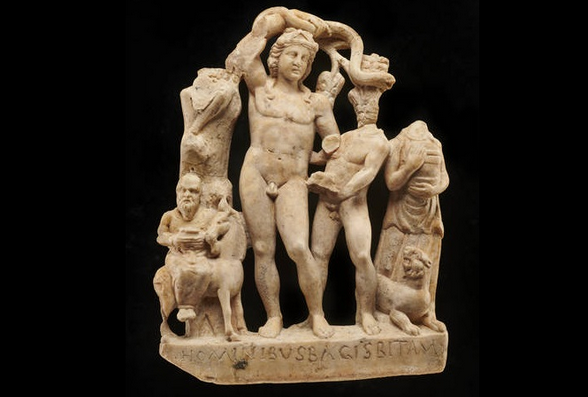
On the eighth day of Christmas
my true love sent to me:
8 Maids a Milking; 7 Swans a Swimming; 6 Geese a Laying
5 Golden Rings
4 Calling Birds; 3 French Hens; 2 Turtle Doves
and a Partridge in a Pear Tree
Closing Time
The 8th day, New Years Day, is the day of the Throbbing Head. In ‘Closing Time’ Leonard Cohen wrote about drinking to excess. I like to think he refers to Christmas and New Year’s Day:
‘And the whole damn place goes crazy twice
And it’s once for the devil and it’s once for Christ
But the boss don’t like these dizzy heights
We’re busted in the blinding lights of closing time.
Trouble is the song mentions summer. Oh well. You can enjoy the official video on YouTube below:
Hangover Cure
So what you need is a hangover cure. Nature provides many plants that can soothe headaches. And in the midst of the season of excess, let’s start with a hangover cure.

Ivy and Bacchus
Ivy, ‘is a plant of Bacchus’…. ‘the berries taken before one be set to drink hard, preserve from drunkenness…. and if one hath got a surfeit by drinking of wine, the speediest cure is to drink a draft of the same wine, wherein a handful of ivy leaves (being first bruised) have been boiled.’
Culpeper Herbal 1653 quoted in ‘the Perpetual Almanac’ by Charles Kightly
The image of Bacchus, at the top of the post, is from a fascinating article by the Museum of London on wine making in Roman Britain. Bacchus is often shown with an ivy crown around his head as Romans were wont to wear them to fend of hangovers.
Skullache, and Willow,

One of the best documented folk hangover cure is willow bark. It could be used for headaches, earaches and toothaches. Here is a record of how simple it was to use:
‘I am nearly 70 years old and was born and bred in Norfolk… My father, if he had a ‘skullache’ as he called it, would often chew a new growth willow twig, like a cigarette in the mouth.’
‘A Dictionary of Plant Lore by Roy Vickery (Pg 401)
In the 19th Century, Willow was found to contain salicylic acid from which aspirin was derived. As a child I remember chewing liquorice sticks in a similar way. However, we chewed, supposedly for the pleasure and the sweetness not for the medicinal virtues of the plant.
Country Weather
January 1st’s weather on the 8th Day of Christmas was warm and wet all day. So, according to Gervase Markham, the 8th Month, August, will be similarly warm and drenched. (source: ‘The English Husbandman’ of 1635.)
On this Day
It was the Day of Nymphs in Greece dedicated to Artemis, Andromeda, Ariadne, Ceres. (according to the Goddess Book of Days by Diane Stein.)
First Published in 2024, republished in 2025

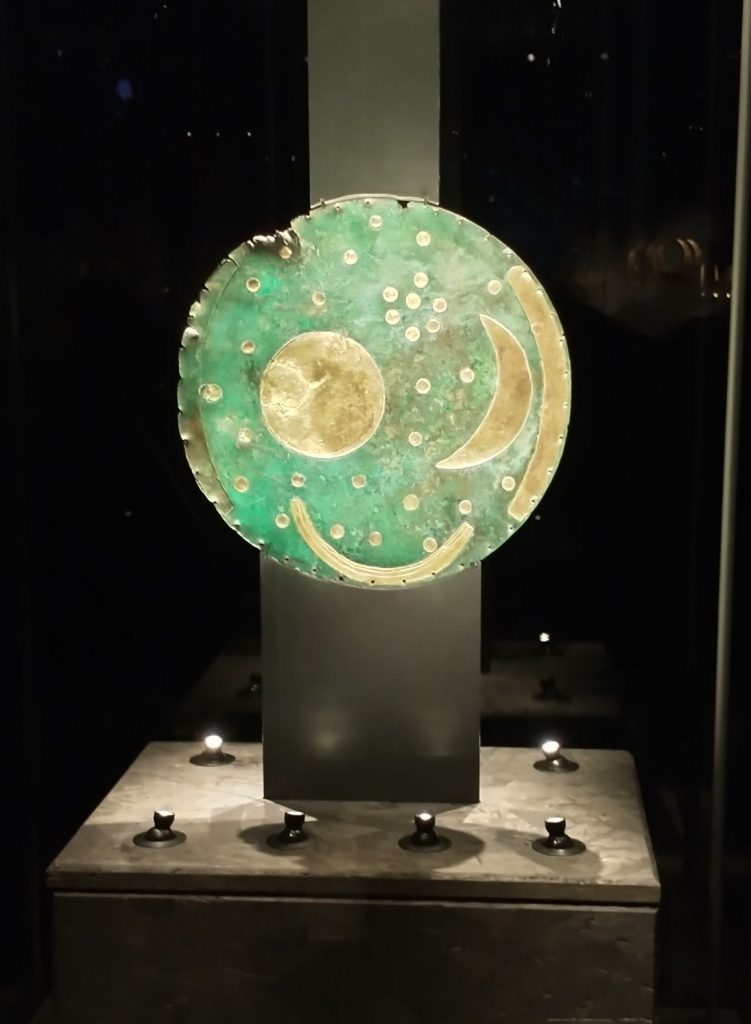
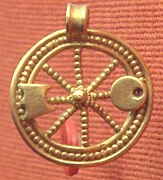



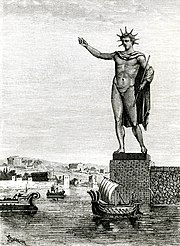
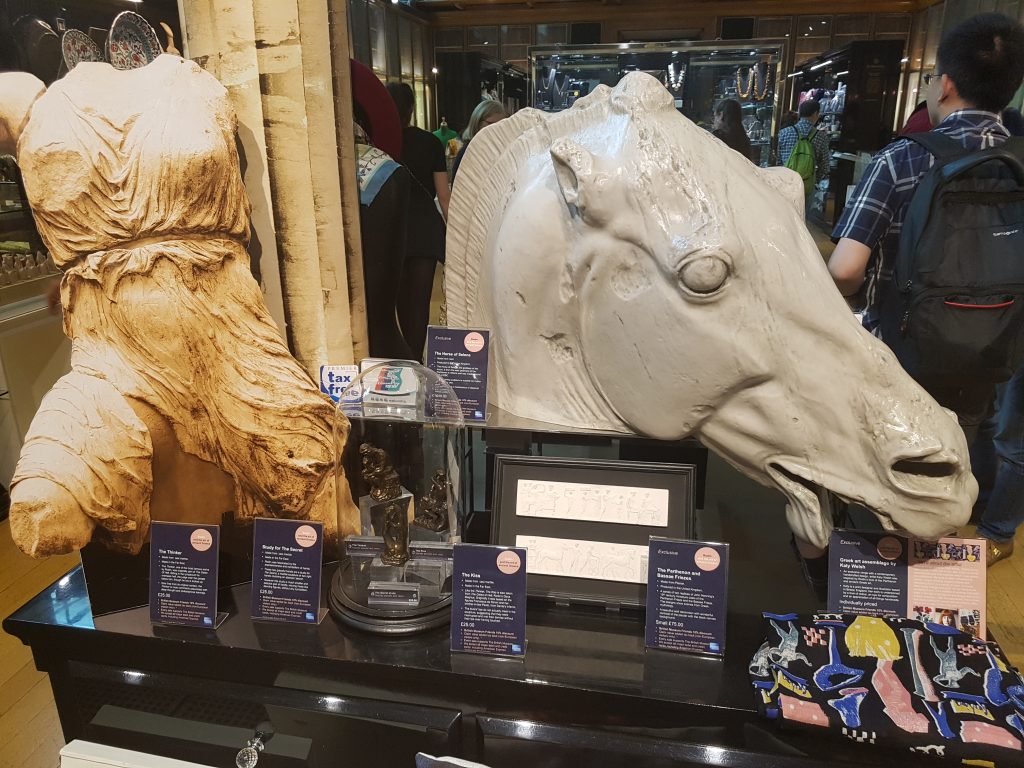
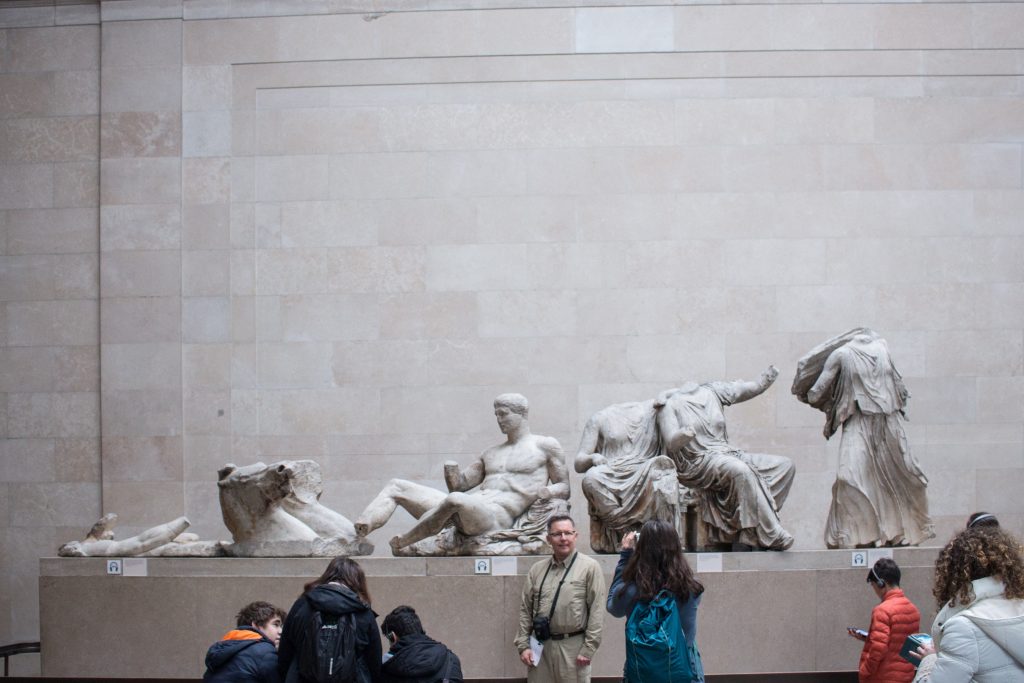
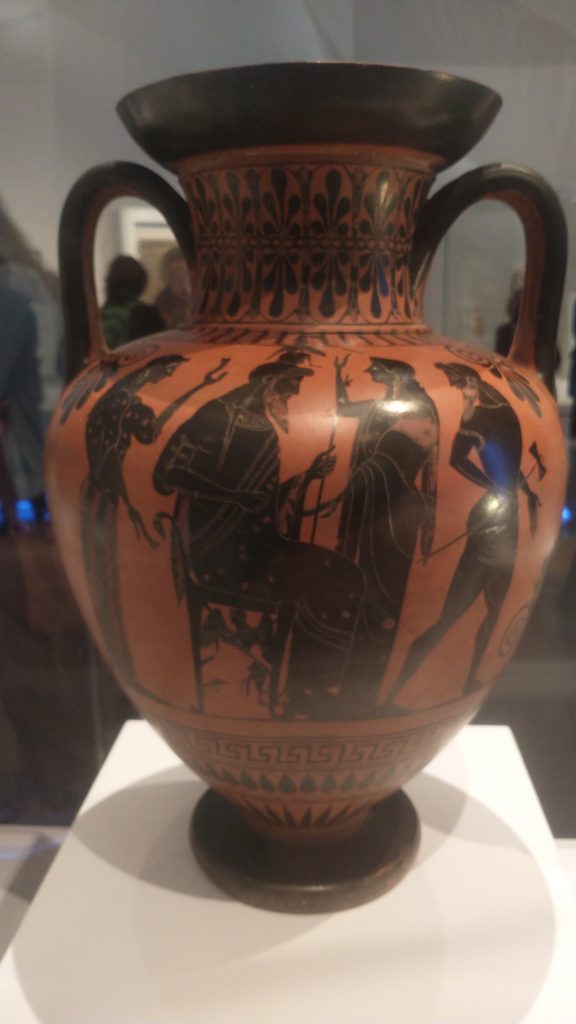
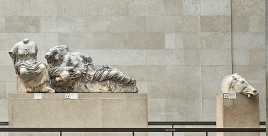


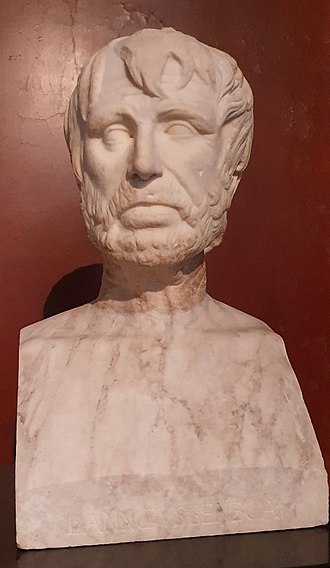
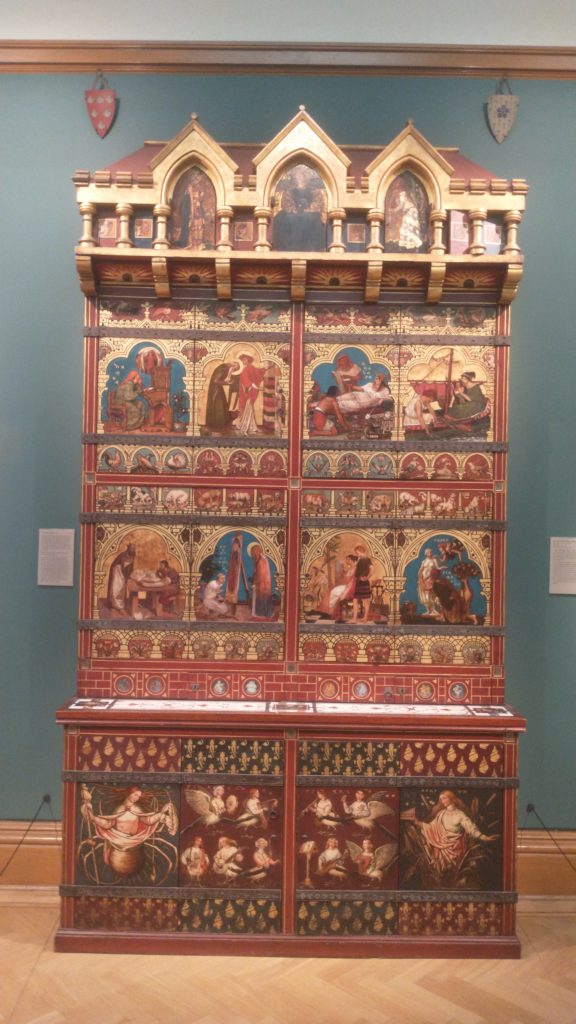

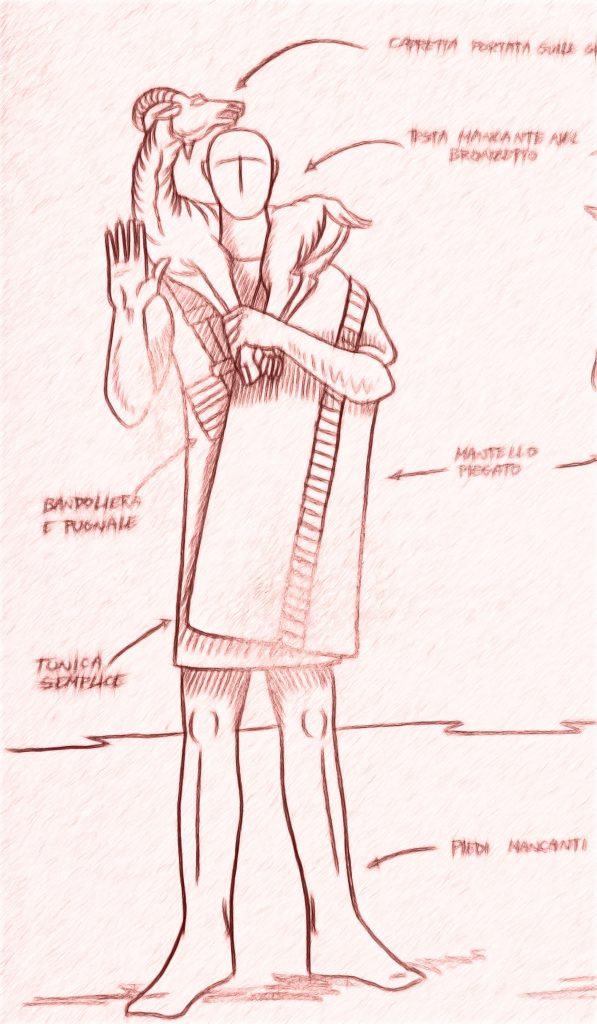
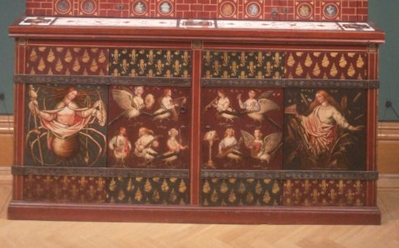

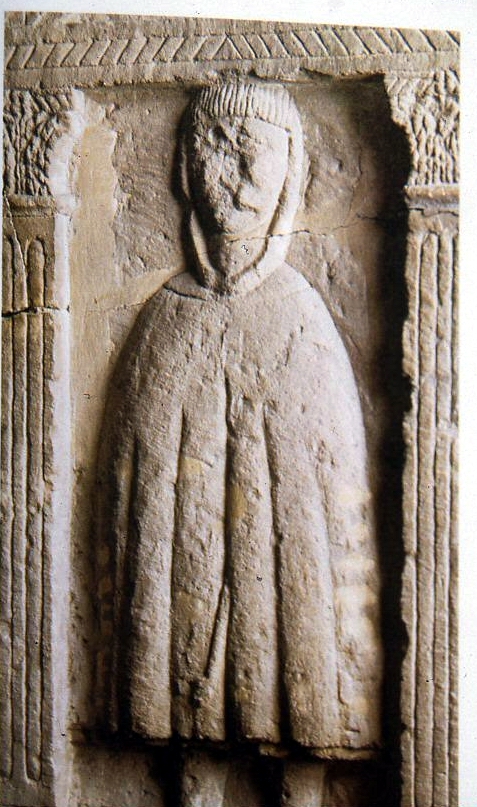
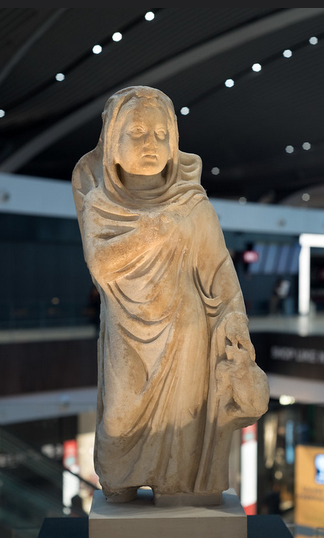

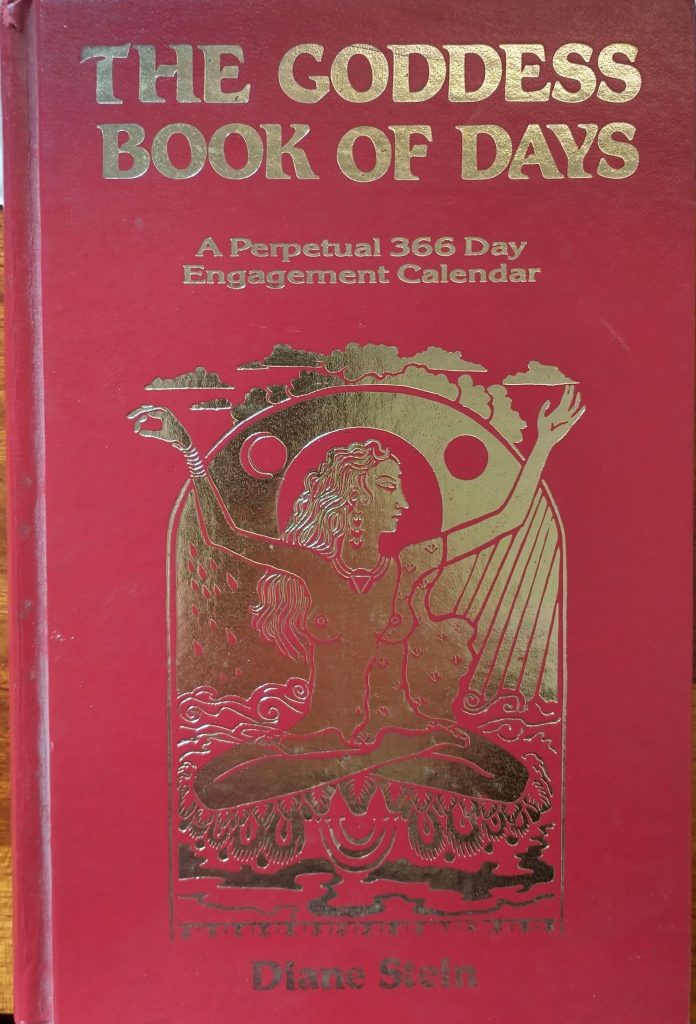
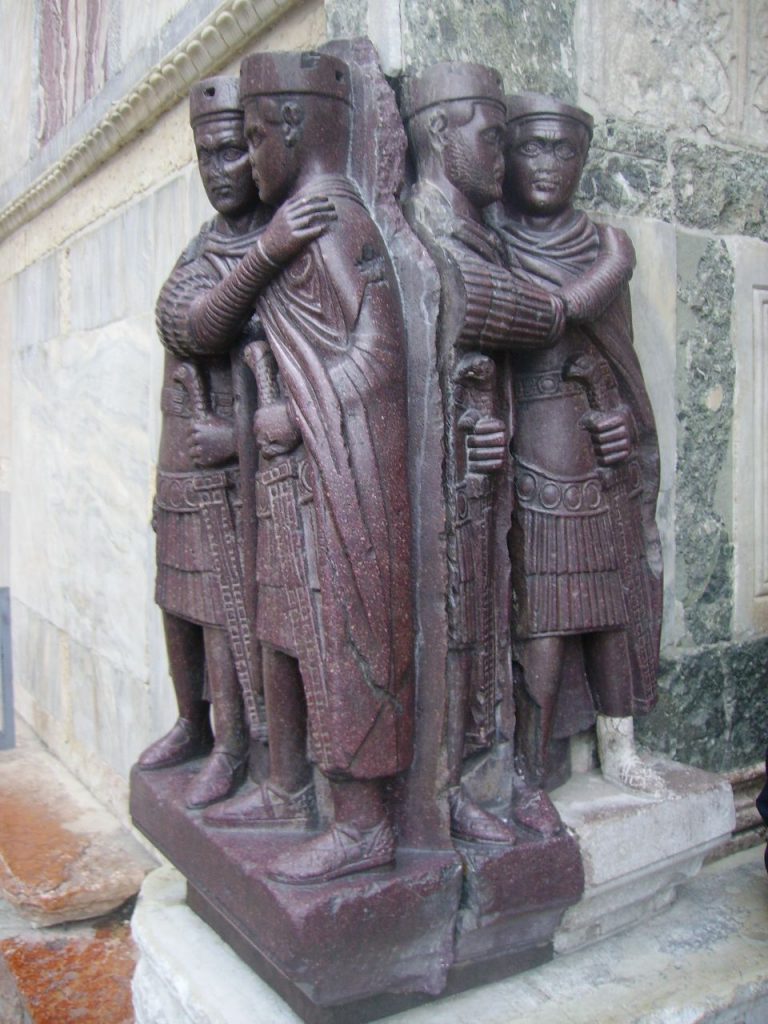
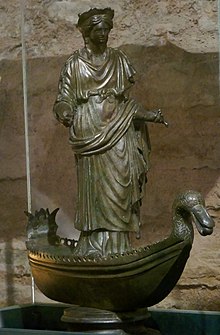


![By JanesDaddy (Ensglish User) - English Wikipedia - [1], CC BY-SA 3.0, https://commons.wikimedia.org/w/index.php?curid=1663124](https://www.chr.org.uk/anddidthosefeet/wp-content/uploads/2023/11/1280px-Eels_1385-1024x768.jpg)


